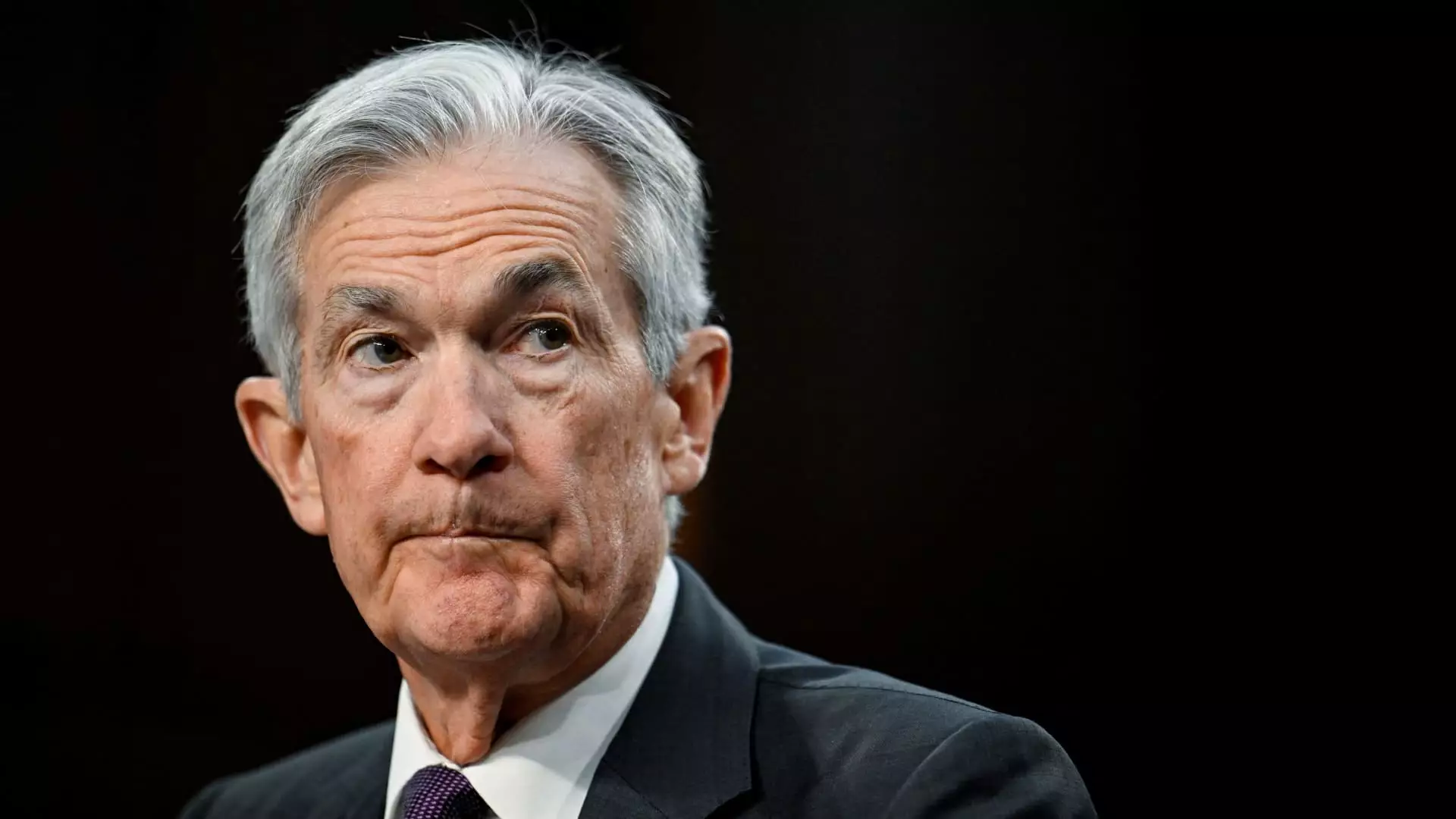Amidst shifting economic tides and political discourse, the prevailing sentiment among Federal Reserve policymakers is that their monetary policy is “well-positioned” to tackle potential risks. However, a deeper examination of this narrative reveals a more complex reality: the policy framework may be more accurately described as being “stuck.” With unpredictable variables continuously emerging in both domestic and international spheres, the Federal Reserve finds itself in a neutral stance, waiting for clarity in an uncertain economic landscape.
The comments from Atlanta Fed President Raphael Bostic reflect this ambiguity. He articulated a mixture of optimism, particularly regarding prospective changes in tax and regulatory policies from banks, juxtaposed with apprehension surrounding trade and immigration policies. This dichotomy highlights the complicated environment in which the Fed operates, wherein enthusiasm is often counterbalanced by underlying uncertainties. Such sentiments reflect broader unease among economists and policymakers about how these crosscurrents might shape future economic conditions.
The notion of uncertainty has become a recurring theme in Fed communications. Bostic’s insistence on caution and humility in policymaking emphasizes the significant risks that uncertainty introduces. The minutes released by the Federal Open Market Committee (FOMC) from their January meeting stated that concerns about trade and immigration policies could substantially influence the economic landscape. Caution, therefore, is not merely a prudent approach; it is a necessity dictated by the unpredictable nature of current macroeconomic conditions.
The Fed’s dual mandate—to promote maximum employment and stable prices—has been operating under a cloud of uncertainty. Employment numbers have remained reasonably stable, providing a sense of security. However, inflation remains a persistent challenge, consistently failing to meet the Fed’s target of 2%. St. Louis Fed President Alberto Musalem’s observations about inflation potentially skewing towards the upside encapsulate the delicate balance policymakers must strike. His acknowledgment of the risks associated with inflation, particularly in the context of a fragile economy, suggests that Fed actions could significantly impact both consumers and businesses.
Within the Federal Reserve, individual perspectives on inflation and interest rates vary, illustrating the divergence in thought concerning the appropriate response to current conditions. While Musalem maintains a “modestly restrictive” stance on federal funds rates, Chicago Fed President Austan Goolsbee takes a more cautious approach, particularly regarding tariffs. Goolsbee’s reluctance to prescribe specific rate adjustments reveals an understanding of the complexities involved. He emphasizes the need to monitor developments closely, especially if trade policies begin to resemble patterns of past economic shocks like those caused by the COVID-19 pandemic.
The FOMC’s collective decision-making process appears to be driven by a strong aversion to introducing additional volatility into an already fraught environment. The latest meeting minutes underscored a consensus among committee members: any further adjustments to the federal funds rate should be predicated on observable “progress on inflation.” This illustrates the Fed’s commitment to a data-driven approach, which is increasingly essential amid the backdrop of external uncertainties.
Beyond the immediate fears of inflation and interest rates lies a deeper concern about financial stability. Economists like Mark Zandi have raised alarms about the fragility of the U.S. bond market—one of the cornerstones of economic health. Zandi’s portrayal of the $46.2 trillion bond market as being on the precipice of jeopardy highlights the precariousness of current conditions. His perspective paints a picture of a bond market where longstanding systems may be “broken,” suggesting that a significant sell-off could lead to wider economic ramifications.
In light of these factors, the potential for monetary adjustments, such as interest rate cuts, appears limited. The markets may speculate on the possibility of reductions, but analysts like Zandi contend that until clearer signals emerge regarding inflation, the Fed is unlikely to take drastic measures. Economic resilience as we head into 2025 hinges on navigating these stormy waters cautiously while being prepared for any eventualities.
As the Federal Reserve attempts to balance its mandates against a backdrop of uncertainty, it faces significant challenges that require astute navigation. The interplay of inflation, employment, external trade policies, and financial market stability creates a landscape where quick decisions may lead to unintended consequences. Therefore, policymakers must remain vigilant, continuously reassessing their strategies to ensure that they act in the best interests of both the economy and the public. The road ahead may be fraught with challenges, but by embracing a cautious yet proactive approach, the Federal Reserve can steer the economy through uncertain times.

Leave a Reply